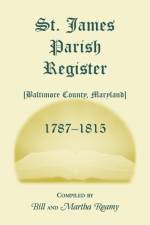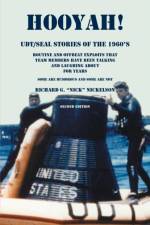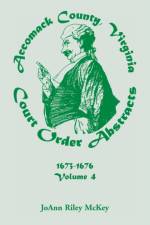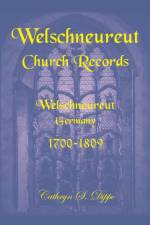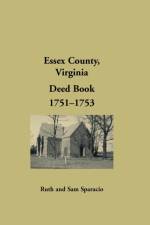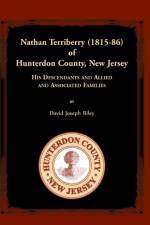av Henry C Peden
399,-
Mr. Peden focuses on families who settled early in the counties of Kent, Talbot and Queen Anne's, Dorchester and Caroline. He covers the following families in detail: Ayler, Bryan, Byram, Canaday, Carman, Carpenter, Cassey, Clouds, Cruikshank, Dabb/Dobb, Dowland (Dowling), Driver, Edwin, Enloes, Fry, Goodman, Gregory, Hadley, Hailes, Hammond, Hart, Hollis, Jefferys, Kenton, Lillingston, Mason, Mauhawn, Merrick, Middleton, Oldsen, Pennington, Rye, Smithers, Stanley, Tolley, Trulock, Underhill, Unitt, Usher, Waltham, Wethered, Whitehead, Williams-Browne, Yewell. Volume 23 also includes lesser known families with coverage of one generation: Bancks, Beal, Beazley, Brian, Brumale, Burger, Byrne, Carmack, Carr, Casnor, Chapman, Churn, Coalson, Collier, Conway, Currey, Deverge, Donnoghoe, Duerty, Duffey, Froggitt, Hammon, Head, Heyding, Hill, Hissett, Hood, Hurley, Kadday, Key(s), Kinward, Ladds, Langley, Lawrence, Luse, Macenne, Maggison, Monroe, Pine, Pott, Power (Poor), Raymond, Skete, Slight (Slice), Soney, Willetstone (Williston), Woolcot, Wyles. An index to full-names and places adds to the value of this work.







